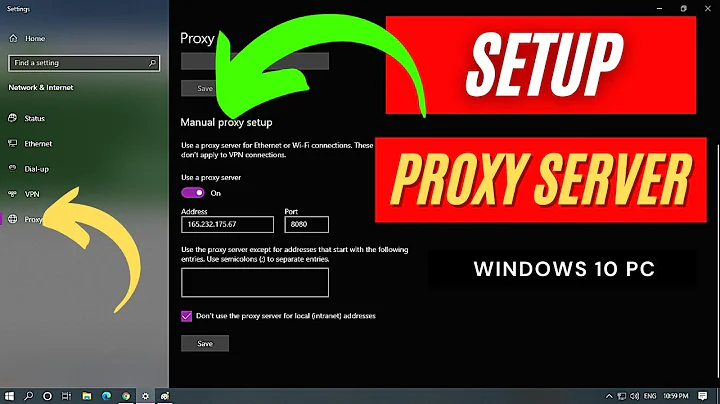Google Chrome proxy settings with Username and Password
Note the following:
Proxy auto-configuration files do not support hard-coded usernames and passwords. There's good reasoning behind this too, since providing support for hard-coded credentials would open up significant security holes, as anybody would be able to easily view the required credentials to access the proxy.
Rather configure the proxy as a transparent proxy, that way you won't need a username and password. You mention in one of your comments that the proxy server is located outside your LAN, which is why you require authentication. However, most proxies support rules based on the source IP, in which case it's a simple matter of only allowing requests originating from your corporate network.
The original proxy auto-config specification was originally drafted by Netscape in 1996. The original specification is no longer available directly, but you can still access it using The Wayback Machine's archived copy. The specification hasn't changed much, and is still largely the same as it was originally. You'll see the specification is quite simple, and that there is no provision for hard-coded credentials.
To solve this problem - you can use this tool:
https://github.com/sjitech/proxy-login-automator
This tool can create a local proxy and automatically inject user/password to real proxy server. Support PAC script.
Related videos on Youtube
Antriksha Somani
Updated on September 18, 2022Comments
-
Antriksha Somani over 1 year
I am able to use Google Chrome under Linux Mint behind a proxy. But when the browser starts, each time I have to enter the username and password for the authentication.
Is there any way I can set the username password as I launch the browser?
I have already tried:
chrome --proxy-server="username:password@yourIP:PORT"(e.g.,
chrome --proxy-server="username:[email protected]:8080")This did not work.
-
 Admin about 9 yearsTry setting system-wide proxy settings where you can provide the proxy address and credentials to Linux itself - justintung.com/2013/04/25/…. You can then let Chrome run without any proxy settings as Linux will do that for you. Also, if your proxy server is a Microsoft product (ISA/TMG) then you can install a package on your Linux (a .deb package) called NTLM (I Think). This has a config widow for you to provide proxy address and username/password.
Admin about 9 yearsTry setting system-wide proxy settings where you can provide the proxy address and credentials to Linux itself - justintung.com/2013/04/25/…. You can then let Chrome run without any proxy settings as Linux will do that for you. Also, if your proxy server is a Microsoft product (ISA/TMG) then you can install a package on your Linux (a .deb package) called NTLM (I Think). This has a config widow for you to provide proxy address and username/password. -
 Admin almost 9 yearsThank You. That was a great help. But my issue is that, its still having problem with the authentication. I have to enter the username and password to make it work.
Admin almost 9 yearsThank You. That was a great help. But my issue is that, its still having problem with the authentication. I have to enter the username and password to make it work. -
 Admin almost 9 yearsDid you do the export as per the link I put? From your question it still seems you're putting the proxy settings as a startup argument for Chrome...
Admin almost 9 yearsDid you do the export as per the link I put? From your question it still seems you're putting the proxy settings as a startup argument for Chrome... -
 Admin almost 8 yearsPlease star this as a bug in Chrome here: bugs.chromium.org/p/chromium/issues/detail?id=615947
Admin almost 8 yearsPlease star this as a bug in Chrome here: bugs.chromium.org/p/chromium/issues/detail?id=615947
-
-
mostafa a almost 3 yearsNo, it can't. If you try Switchy Omega for adding authentication for a SOCKS proxy, it will say "your browser DOES NOT support socks5 proxy authentication!"





